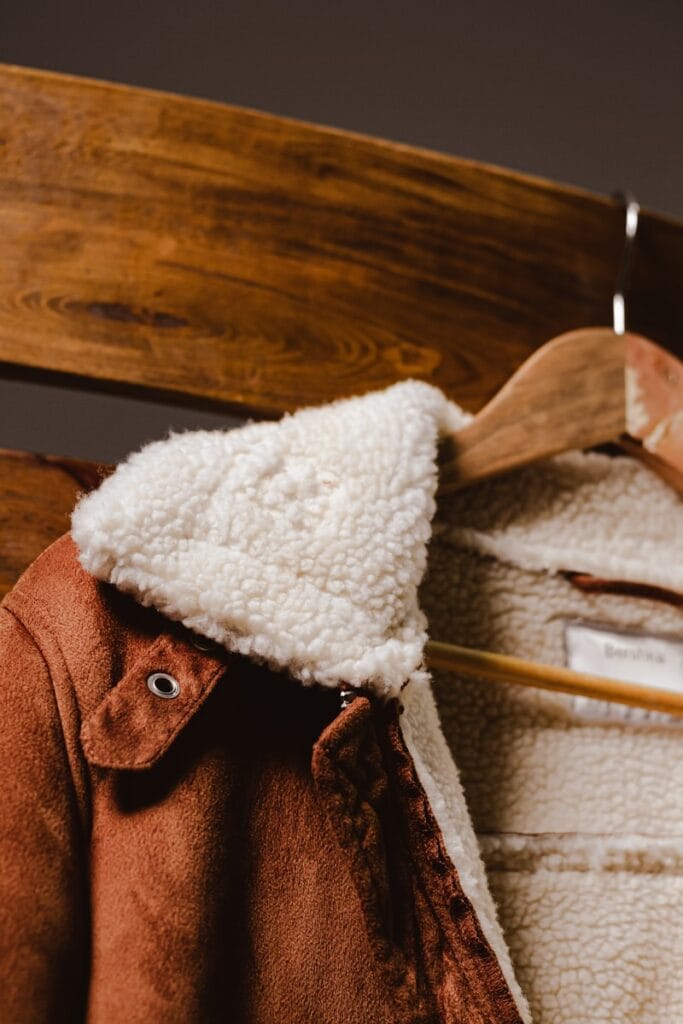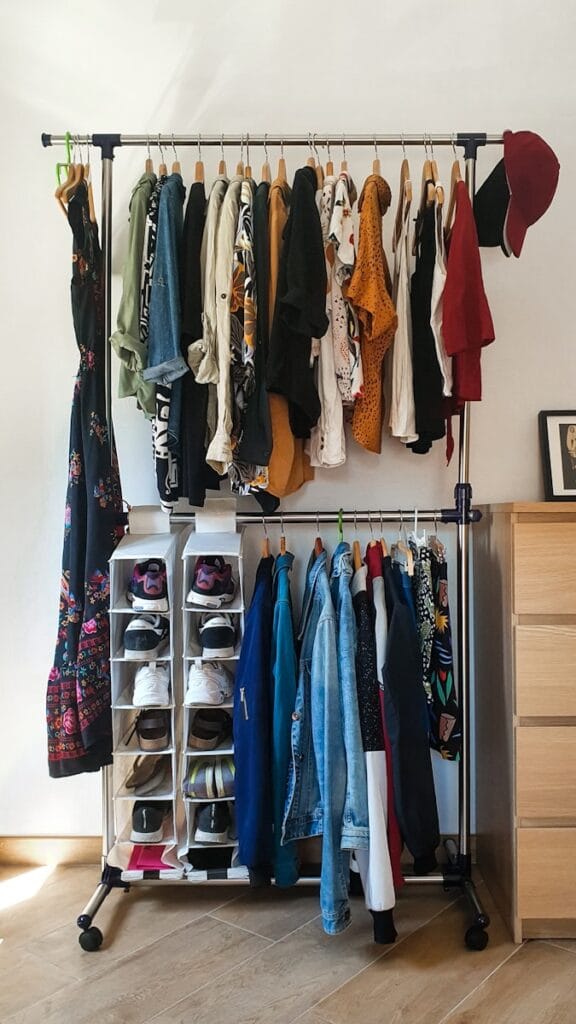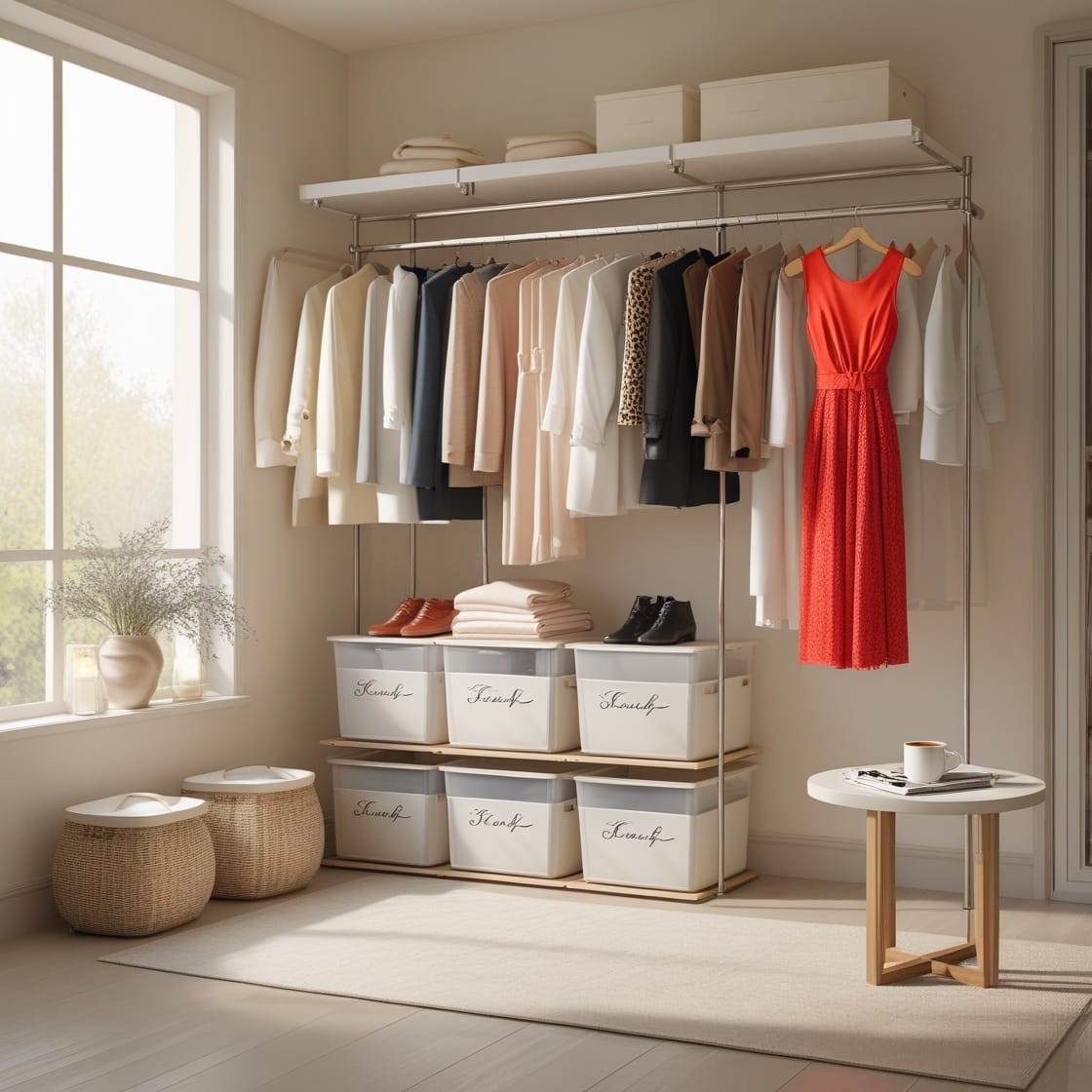Ever feel like your closet is bursting at the seams, yet you can never find anything to wear? You’re not alone. Seasonal wardrobe organization is the key to a clutter-free closet and a stress-free morning routine. By rotating your clothes and storing off-season items properly, you can save space, make it easier to find what you need, and even prolong the life of your favorite garments.
In this guide, we’ll walk you through a simple, step-by-step process to organize your wardrobe by season. Whether you’re dealing with a tiny closet or just need a better system, these closet organization tips will help you create a functional and stylish space. Let’s get started!
Why Seasonal Wardrobe Organization Matters
Before we dive into the how-to, let’s talk about why organizing your wardrobe by season is worth the effort:
- Saves Space: Storing off-season clothes frees up valuable closet real estate.
- Makes Mornings Easier: With only relevant clothes in sight, you’ll spend less time deciding what to wear.
- Protects Your Clothes: Proper storage prevents damage from dust, pests, or moisture.
- Reduces Clutter: A seasonal system helps you declutter regularly, keeping your closet manageable.
Now, let’s get to the good stuff—how to actually do it.

Step 1: Declutter Your Closet
The first step to any organization project is decluttering. It’s tough, but it’s essential. Here’s how to do it without feeling overwhelmed:
- Ask Yourself Key Questions: For each item, ask, “Have I worn this in the past year?” and “Does this still fit my style?” If the answer is no, it’s time to let it go.
- Sort into Piles: Create three piles—keep, donate, and toss. Be honest with yourself about what you actually wear.
- Don’t Forget Accessories: Shoes, bags, and jewelry can also be decluttered. If they’re worn out or no longer your style, it’s time to say goodbye.
Pro Tip: If you’re struggling to part with something, try the “hanger trick.” Turn all your hangers backward, and only turn them forward when you wear the item. After six months, donate anything still facing backward.

Step 2: Sort Your Clothes by Season
Once you’ve decluttered, it’s time to sort your clothes by season. This makes it easier to rotate your wardrobe and store off-season items.
- Spring/Summer: Lightweight fabrics, short sleeves, sandals, and swimwear.
- Fall/Winter: Heavy coats, sweaters, boots, and layering pieces.
- Year-Round Staples: Items like jeans, basic tees, or versatile dresses that work in any season.
Quick Tip: If you live in a climate with less distinct seasons, you can still group clothes by “warm” and “cool” weather.

Step 3: Store Off-Season Clothes Properly
Storing off-season clothes the right way keeps them fresh and damage-free. Here’s how to do it:
- Vacuum-Sealed Bags: These are perfect for bulky items like coats or sweaters. They save space and protect against dust and pests.
- Storage Bins: Use clear, labeled bins for easy access. Store them under the bed, on high shelves, or in a spare closet.
- Garment Bags: For delicate items like dresses or suits, use breathable garment bags to prevent wrinkles and damage.
Space-Saver Alert: If you’re short on storage, consider using the back of your closet door or investing in a rolling under-bed storage container.

Step 4: Organize Your Current Season Clothes
Now that your off-season clothes are stored, it’s time to organize your current season wardrobe for easy access.
- By Type: Group clothes by category—shirts, pants, dresses, etc. This makes it simple to find what you need.
- By Color: For a visually appealing closet, arrange each category by color. It’s not just pretty—it also helps you spot items faster.
- Use Shelf Dividers: If you have shelves, use dividers to keep stacks of clothes neat and prevent them from toppling over.
Style Tip: Hang your most-worn items at eye level for quick access, and store less-used pieces higher up or in drawers.

Step 5: Maintain Your Seasonal System
Organization isn’t a one-time event—it’s an ongoing process. Here’s how to keep your seasonal wardrobe system running smoothly:
- Set Reminders: Schedule a wardrobe rotation every 3-4 months to align with the changing seasons.
- Declutter Regularly: Each time you rotate, take a few minutes to declutter again. It’s easier to maintain than starting from scratch.
- Invest in Quality Hangers: Slim, non-slip hangers save space and keep clothes from sliding off.
Bonus: Use scented sachets or cedar blocks in your storage bins to keep clothes smelling fresh and deter pests.

Bonus Tips for Small Closets
If you’re working with a small closet, these extra tips will help you maximize every inch:
- Use Vertical Space: Install shelves or hooks above your hanging rod for extra storage.
- Double Up Hangers: Use cascading hangers or clips to hang multiple items vertically.
- Store Shoes Creatively: Over-the-door shoe organizers aren’t just for shoes—use them for accessories, scarves, or even cleaning supplies.

Conclusion
Organizing your wardrobe by season doesn’t have to be a daunting task. With these simple tips for rotating clothes and storing off-season items, you’ll create a closet that’s functional, clutter-free, and easy to maintain. Start with a declutter, sort your clothes by season, store off-season items properly, and organize your current wardrobe for quick access. Don’t forget to maintain your system with regular check-ins.
Ready to transform your closet? Try these steps today and enjoy a more organized, stress-free wardrobe. Have your own closet organization tips? Share them in the comments below—we’d love to hear from you!
Quick Recap of the Steps
- Declutter your closet.
- Sort your clothes by season.
- Store off-season clothes properly.
- Organize your current season clothes.
- Maintain your system with regular rotations.

Leave a Reply